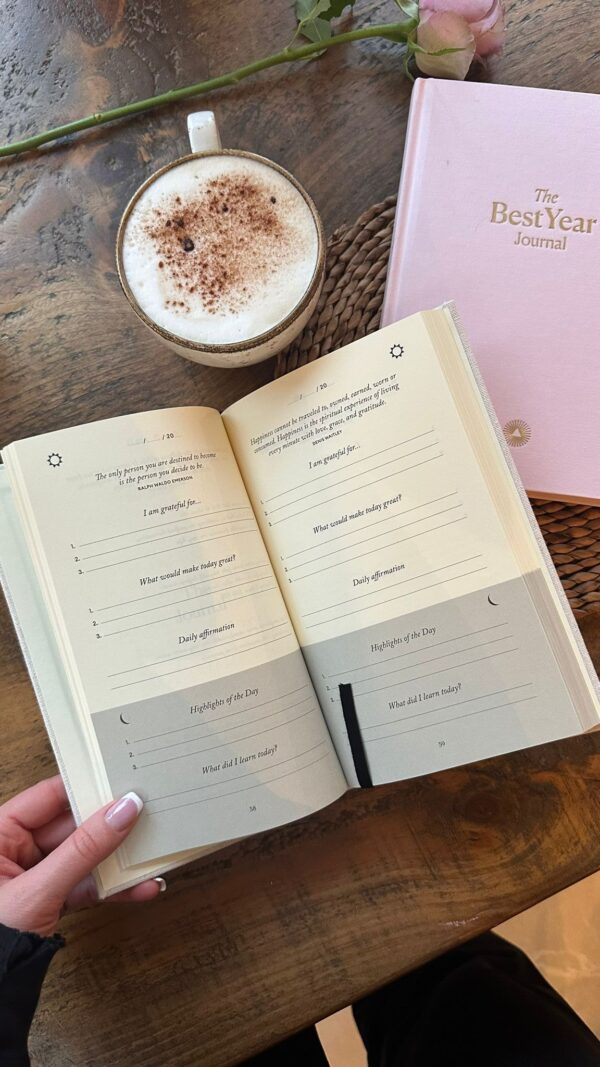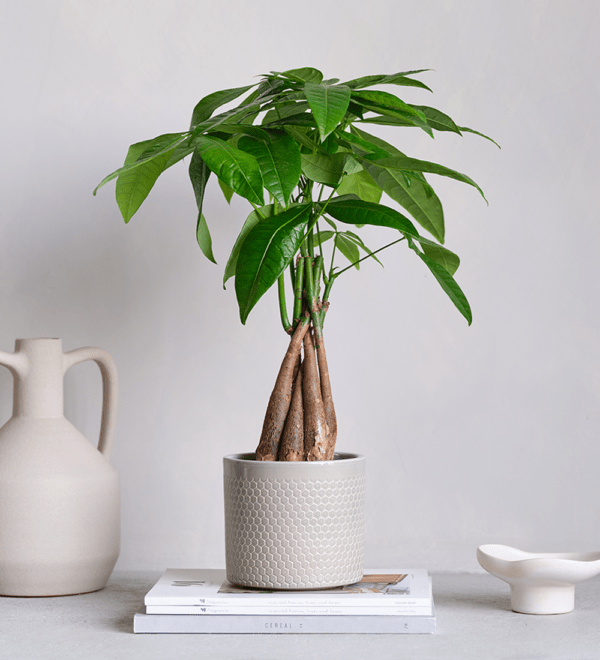
Sleep Consultant Reveals the Best Ways to Stay Connected to Your Newborn While They Sleep

Creating a bond with your newborn is without a doubt one of the most cherished aspects of parenting that new families look forward to. When your baby’s awake, you’ll likely be swaddling them, feeding them, and holding them close, but when they’re asleep, parents often struggle with separation anxiety; how can you remain connected to your little one and in tune with their needs at night? Thankfully, we have an expert on hand to help.
From gentle lullabies and touches to introducing your scent into the room, there’s a lot you can do to stay connected to your newborn while they sleep. Tami Wornham, a Baby and Toddler Sleep Consultant from Hubble Connected and Founder of The Baby Days, has now shared everything you need to know about this, helping to ease new parents’ anxieties.
1. Skin-to-skin contact.
Skin-to-skin contact is key in helping your baby adjust to life outside the womb. It stabilises their body temperature, heart rate, and breathing, reduces stress levels, facilitates natural breastfeeding, and promotes the production of ‘oxytocin’ -also referred to as the love hormone. Therefore, skin-to-skin contact helps to drift your baby into a deep sleep whilst strengthening your bond.
2. Understand your baby’s sleep cycles.
Where healthy adults are advised to sleep for seven uninterrupted hours each night, newborns require an average of between 14 and 17 hours of sleep, broken down into multiple short spells. As your baby grows, their naps will become less frequent and be replaced by longer periods of solid sleep. It will also gradually become easier to recognise when they’re ready for rest; some of the main sleep cues to look out for include your baby yawning, staring blankly, and rubbing their eyes.
Newborns follow two main sleep stages: REM (Rapid Eye Movement) and NREM (Non-Rapid Eye Movement). The REM sleep stage is referred to as ‘active sleep’; this is where a newborn can be seen making small movements, such as twitching limbs or slight mouth movements. During NREMsleep, or ‘quiet sleep’, your newborn won’t make these movements.
Once they reach 3 months old, babies begin experiencing the same sleep cycle as adults: three NREM stages and one REM stage. The first two NREM stages are lighter sleep stages, meaning your baby can be easily woken. The third stage is the deepest stage of sleep, whereby your baby becomes difficult to wake, and dreams occur during the fourth stage. These are experienced chronologically.
If you can understand your baby’s sleep cycle as a new parent, you can better establish when they’re tired and the quality of their sleep. This will all help you efficiently respond to their needs.
3. Keep them close.
Following safe sleep guidelines from ‘The Lullaby Trust,’ a baby under 6 months old should be in the same room as their parent for every sleep, therefore keeping them connected and close by. A ‘Next to Me’ crib can help to facilitate this. Also, baby monitors are invaluable tools for staying connected to your baby while they sleep. Hubble Connected, for example, create a range of monitors which allow you to both watch and speak to your baby, whilst giving parents access to an app that’s filled with expert advice.
4. Embrace responsive parenting.
Being attuned and responsive to your baby’s cues is vital. When parents promptly attend to their babies’ needs, they create a sense of reliability and security. To ensure you’re aware of your baby’s cues, utilise a baby monitor should you need to step out of the room. You can listen in, speak to your baby remotely, and be alert should they start to cry. This responsiveness fosters a strong sense of attachment as your baby learns that you’re a key provider of comfort and care.
While being responsive to your baby’s cues is important, parents need a break too. In this case, using aural and visual cues such as soft music and melatonin-fostering nightlights helps to sleep-shape your child and is a feature offered on some Hubble monitors.
5. Maintain communication.
Communication is a vital part of any human connection, and you can continue to communicate with your little one when they’re asleep. For example, you can gently sing to them as they fall asleep, which will create positive associations between their comfort and your voice.
Every parenting journey is challenging, and every baby’s needs are unique. It’s important that you remember you’re doing your best; honing a baby’s sleep routine whilst forming a strong connection isn’t a simple process. Take each day as it comes and don’t be afraid to ask for help.












































